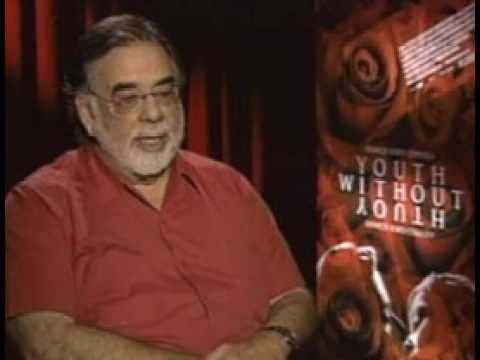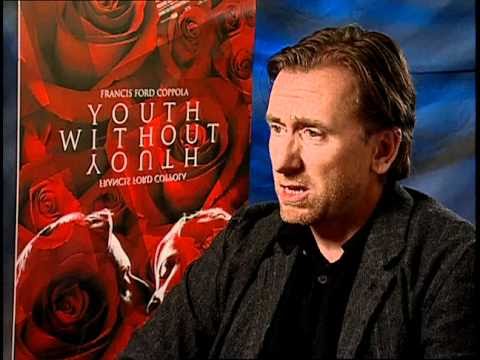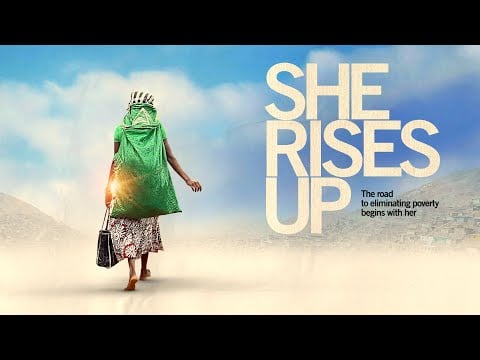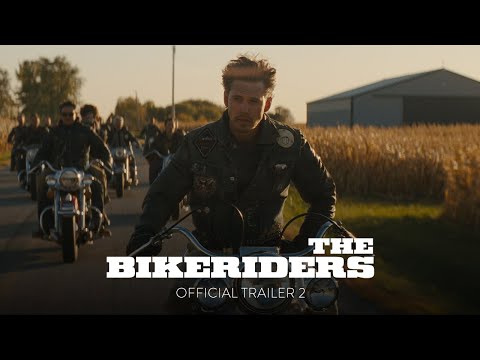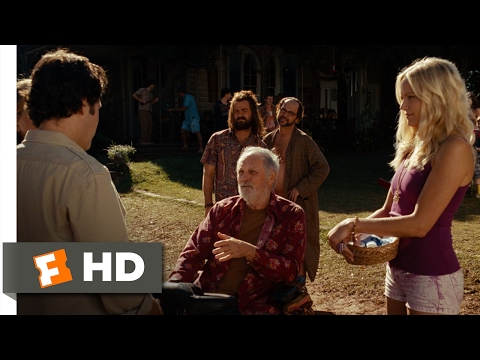Joel and Ethan Coen’s “The Hudsucker Proxy” (1994) is the first true cult film of the Coen Brothers, whose run of extraordinary independent films revealed a duo capable of spinning any genre in a fresh direction.
After the socko streak of “Blood Simple” (1984), “Raising Arizona” (1987), “Miller’s Crossing” (1990) and “Barton Fink” (1991), the Coens teamed with action movie mega-producer Joel Silver to make their first lavish Hollywood studio film.
What should have been embraced as one of the standouts works of the decade became the first flop of their careers.
The problem was less the lack of box office than awareness, as other ’94 standouts (a big one in particular) eclipsed what the Coens had achieved (more on that later). Today, “The Hudsucker Proxy” (yes, the film explains and justifies its title) feels like a discovery for the uninitiated and an all-time classic for those who’ve been in love with the Hud for 30 years.

It starts in New York of 1958, with the reveal that an employee of Hudsucker Industries named Norville Barnes, played by Tim Robbins, is about to jump off the top floor of the company building. Who is he, how did he get there and why is he going to jump on a snowy night on New Year’s Eve?
The film begins at the end and works its way backward (it’s not the only instance where time is manipulated by the storytelling and storyteller).
We see how Barnes, a likable numbskull and klutz, manages to talk his way into a job at Hudsucker Industries, which is undergoing a major power shift after the death of the company’s founder, Warring Hudsucker (Charles Durning, fantastic in just a couple of scenes).
The company’s new head, Sidney J. Mussburger (Paul Newman) is looking for a patsy to take the fall when the stock drops and in walks Barnes, seemingly a perfect fit and perfectly dumb enough to be given an undeserved position of power.
Barnes has no idea why he’s suddenly given so much power and attention; he’s a rube from Muncie with a “big idea” scrolled on a piece of paper that will bring him to the top. Amy Archer, a Pulitzer-winning news reporter (Jennifer Jason Leigh) discovers that Barnes is indeed, a dope, but that the seemingly idiotic concept he carries around in his pocket might, indeed, become a blockbuster.
“The Hudsucker Proxy” lacks the cynicism of “The Big Lebowski” but elevates every cinematic aspect in view, as the characters are all unquestionably Movie Characters.
RELATED: 19 PERFECT ‘RAISING ARIZONA’ QUOTES
Every actor has to adapt the rat-a-tat-tat verbal speed and style of screwball comedies. It’s not just the energy in the performances but how quickly the words come tumbling out.
The screenplay by Sam Raimi and Joel and Ethan Coen is overflowing with inventive storytelling approaches but also demands that every actor sound like they’re in an old-fashioned movie – not “period correct,” necessarily, but in the highly stylized manner one would expect from James Cagney or Rosalind Russell. Leigh’s performance begins like a stunt, as the character becomes richer, and warmer as the story unfolds.
Robbins is terrific in this, playing exactly the kind of up and comer his studio pitchman Griffin Mill in “The Player” (1992) would have eaten alive, though both work in environments with giant slogans overhead: “Movies, Now More Than Ever” for Mill and “The Future is Now” for Barnes.
FAST FACT: “The Hudsucker Proxy” earned an anemic $2.8 million at the U.S. box office in 1994.
Durning’s jolly, robust turn reminds us of his Oscar-nominated bit in “The Best Little Whorehouse in Texas” (1982). John Mahoney is dazzling as Archer’s boss and Newman goes all-in on the Coens’ gleeful tendency to get weird.
You also get Bruce Campbell, Steve Buscemi and Peter Gallagher, all pitch perfect. Jim True, playing Buzz the elevator operator, gives a performance that is something of a special effect.
Bill Cobbs’ folksy narration and performance may strike some as stereotypical, though the role itself is a commentary on such screen figures; Cobbs and the Coens avoid Uncle Remus comparisons because the character not only possesses a God-like distanced from the story but works as a literal deux ex machina.
RIP Bill Cobbs. What a voice (Hudsucker Proxy). pic.twitter.com/InbeuJapxa
— Josh Sawyer (@jesawyer) June 27, 2024
It’s a clever way to address and instantly subvert the stereotype, as Cobbs’ Moses is essentially the God of this movie.
Carter Burwell’s gorgeous, grand score illustrates what the Coens have come up with this time: a Preston Sturges tribute, with injections of corporate satire and Looney Tunes comedy. Imagine if Frank Capra wrote a screenplay that Terry Gilliam directed. It’s an unabashedly romantic, old fashioned Hollywood throwback, infused with wit, surrealism and extraordinary filmmaking.
This isn’t style over substance but the rare occasion where the styler is the substance, as a love for film tropes and storytelling methods gets a full workout. Some of the most amazing set pieces here are the montages that appear at first glance to be vintage but are canny recreations.
Circles become a major factor early on, as a coffee ring around a pivotal newspaper ad, the omnipresent clock atop Hudsucker Industries and (without spoiling the big twist) the thing that pushes the second act into full throttle all take on the importance of a supernatural totem.
Raimi and the Coen’s screenplay has a honey of a quotable line and a memorable gag in every scene. Few films made at this level come across as personal expressions of love for cinema. There are so many awesome sequences to pinpoint, so I’ll cite just a few:
- The freefall sequences are visual effects tour de forces
- The “laughing” montage that manages to thrust the story forward
- The two cabbies narrating how Barnes and Archer “meet-cute” in a diner
- The enthralling passage of Barnes’ creation going into the public
- An absurd, thrilling dream sequence that plays like an interpretive dance by someone who cannot dance.
Everything here is all-in.
When Robbins and Leigh kiss for the first time on a balcony, it’s staged as though it were the greatest smooch in cinema history.
When “The Hudsucker Proxy” premiered at the Cannes Film Festival in 1994, the film’s ode to old Hollywood was instantly outshined by the game-changer arrival of Quentin Tarantino’s “Pulp Fiction,” which is edgy and hip, whereas the Coens film is spectacular and square.
It’s not a fair comparison, though other highly-lauded period pieces graced Cannes that year, such as “Mrs. Parker and the Vicious Circle” (which also stars Leigh) and “Ed Wood,” which found art house audiences that skipped “The Hudsucker Proxy” altogether.

By year’s end, the film was a distant memory, though Robbins also starred in another movie with a hard to remember tongue twister of a title, “The Shawshank Redemption.” Or, as Morgan Freeman once referred to it, The Hudsucker Redemption.

The film’s failure caused the Coens to go back to Film Noir, which we can be grateful for: “Fargo” (1996) followed, and so did “The Man Who Wasn’t There” (2001) and the Best Picture winner “No Country For Old Men” (2007), not to mention the comical but knotty noir of “The Big Lebowski” (1997).
If the Coens had continued to work on big budgets and “The Hudsucker Proxy” was a massive hit, could they have become like Christopher Nolan or Denis Villeneuve? Eclectic artists working in giant sandboxes? Would it have diluted their art or resulted in more movies like this one?
Unlike Norville Barnes, I doubt the Coens would want to alter the fabric of time and change history. Although it was a blip the year it came out, “The Hudsucker Proxy” is a towering achievement and a major discovery for the uninitiated.
You know, for kids.
The post ‘Hudsucker Proxy’ – From Flop to Cult Classic appeared first on Hollywood in Toto.
from Movies - Hollywood in Toto https://ift.tt/2aihlvo

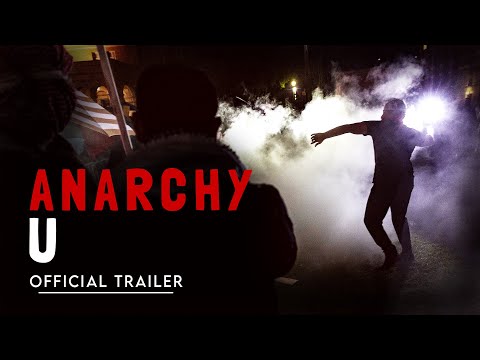
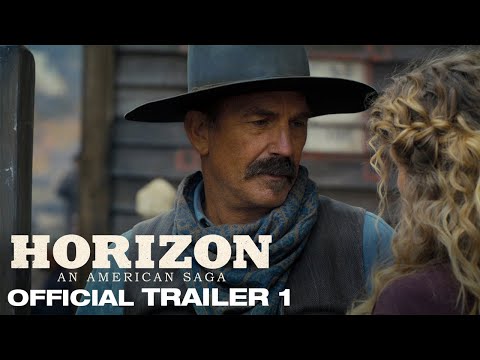
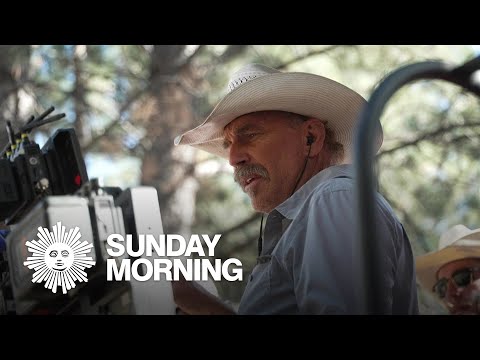
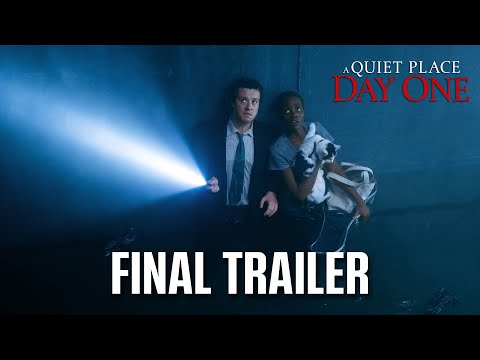
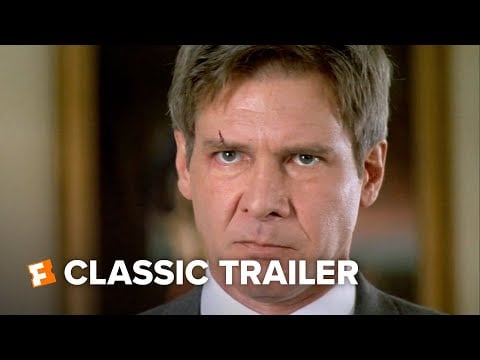
 ‘Clear And Present Danger’ starring Harrison Ford premiered in theaters 29 years ago, August 3, 1994
‘Clear And Present Danger’ starring Harrison Ford premiered in theaters 29 years ago, August 3, 1994 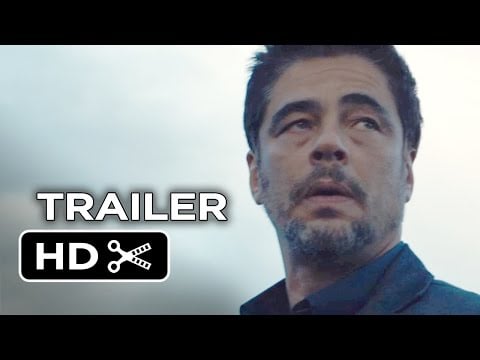
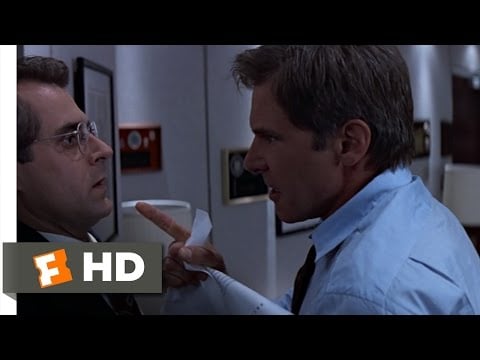
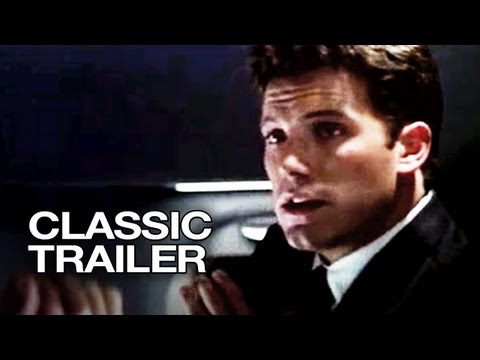
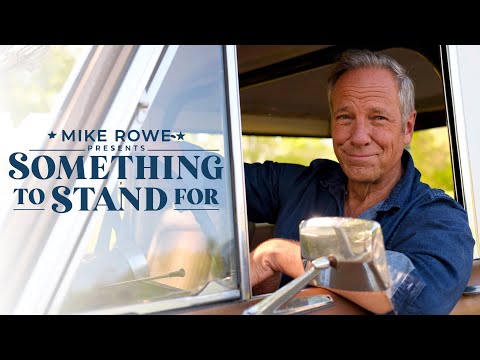
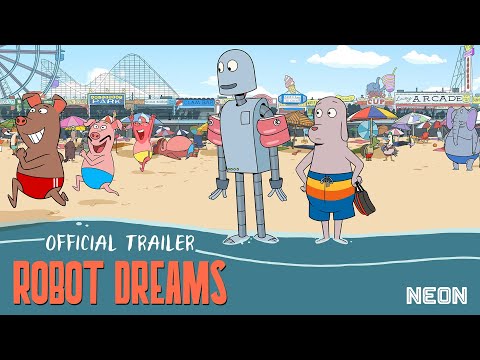
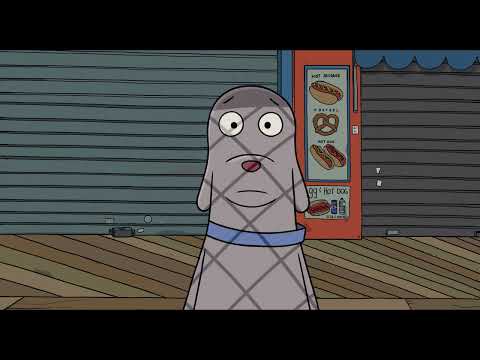
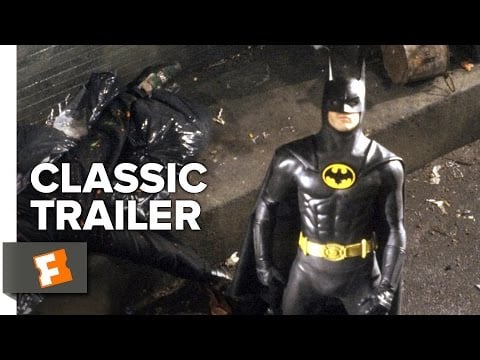
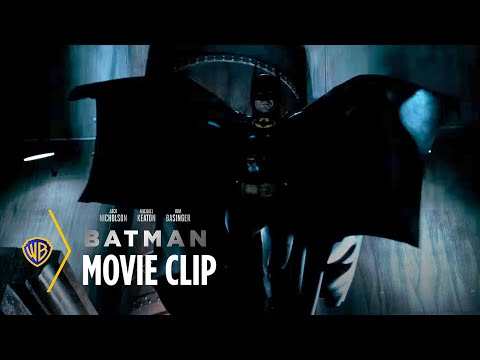
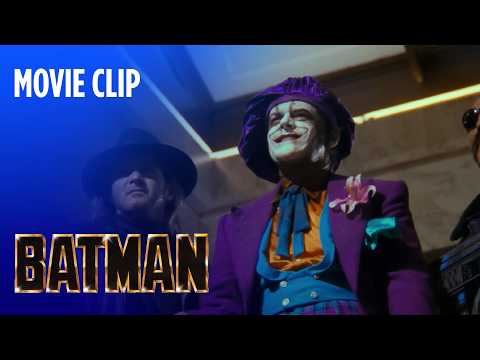
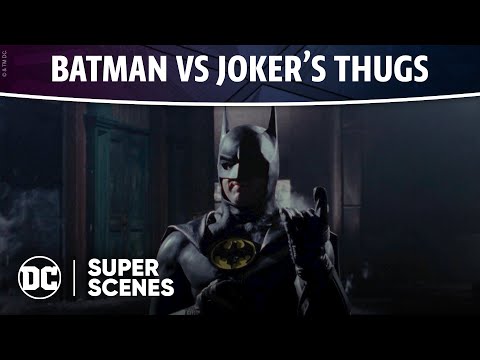
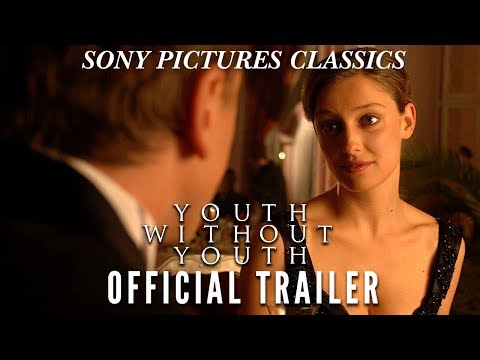
 (@TheFilmStage)
(@TheFilmStage) 